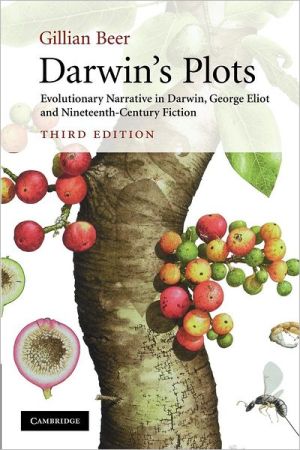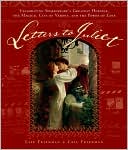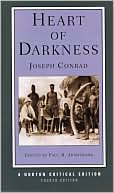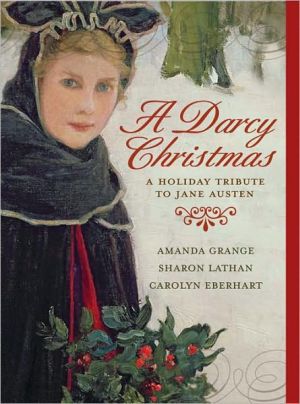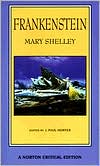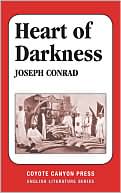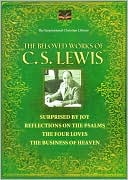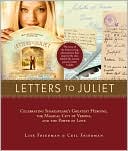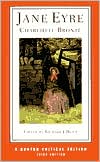Darwin's Plots: Evolutionary Narrative in Darwin, George Eliot and Nineteenth-Century Fiction
Updated for the anniversary year, Gillian Beer's classic Darwin's Plots continues to open up new approaches to Darwin's thinking and to its effects in the culture of his contemporaries. This third edition includes an updated bibliography and a new essay about his concern with consciousness across all forms of life.
Search in google:
New edition of highly acclaimed book examining Darwin's work in a literary/cultural context.
ForewordPreface to the first editionPreface to the second editionIntroduction1Pt. IDarwin's language231'Pleasure like a tragedy': imagination and the material world252Fit and misfitting: anthropomorphism and the natural order44Pt. IIDrawin's plots713Analogy, metaphor and narrative in The Origin734Darwinian myths97IGrowth and its myths97IIGrowth and transformation99IIITransformation, retrogression, extinction: Darwinian romance114Pt. IIIResponses: George Eliot and Thomas Hardy1375George Eliot: Middlemarch139IThe vital influence139IIStructure and hypothesis148IIIThe web of affinities1566George Eliot: Daniel Deronda and the idea of a future life1697Descent and sexual selection: women in narrative1968Finding a scale for the human: plot and writing in Hardy's novels220Notes242Select bibliography of primary works267Index273
\ From the Publisher'Gillian Beer's superb study [is] a work of criticism that takes its modest place among the other 'cloudy triumphs' of English genius.' Michael Neve, Sunday Times\ 'Offers fresh insights into familiar themes in the history of science by dealing with them in quite a new way.' John Durant, Times Literary Supplement\ 'The only problem with this book is deciding what to praise first. It draws on a breadth of knowledge in many fields, its literary readings are alert and original, it has a profound grasp of idea and form. It must be read by the scientist, the student of Victorian thought and art and the educated person in the street. … The book is so exciting as a work of literary criticism - among much else - that it must provoke and disturb old interpretations and judgements.' Barbara Hardy, New Statesman\ \ \
